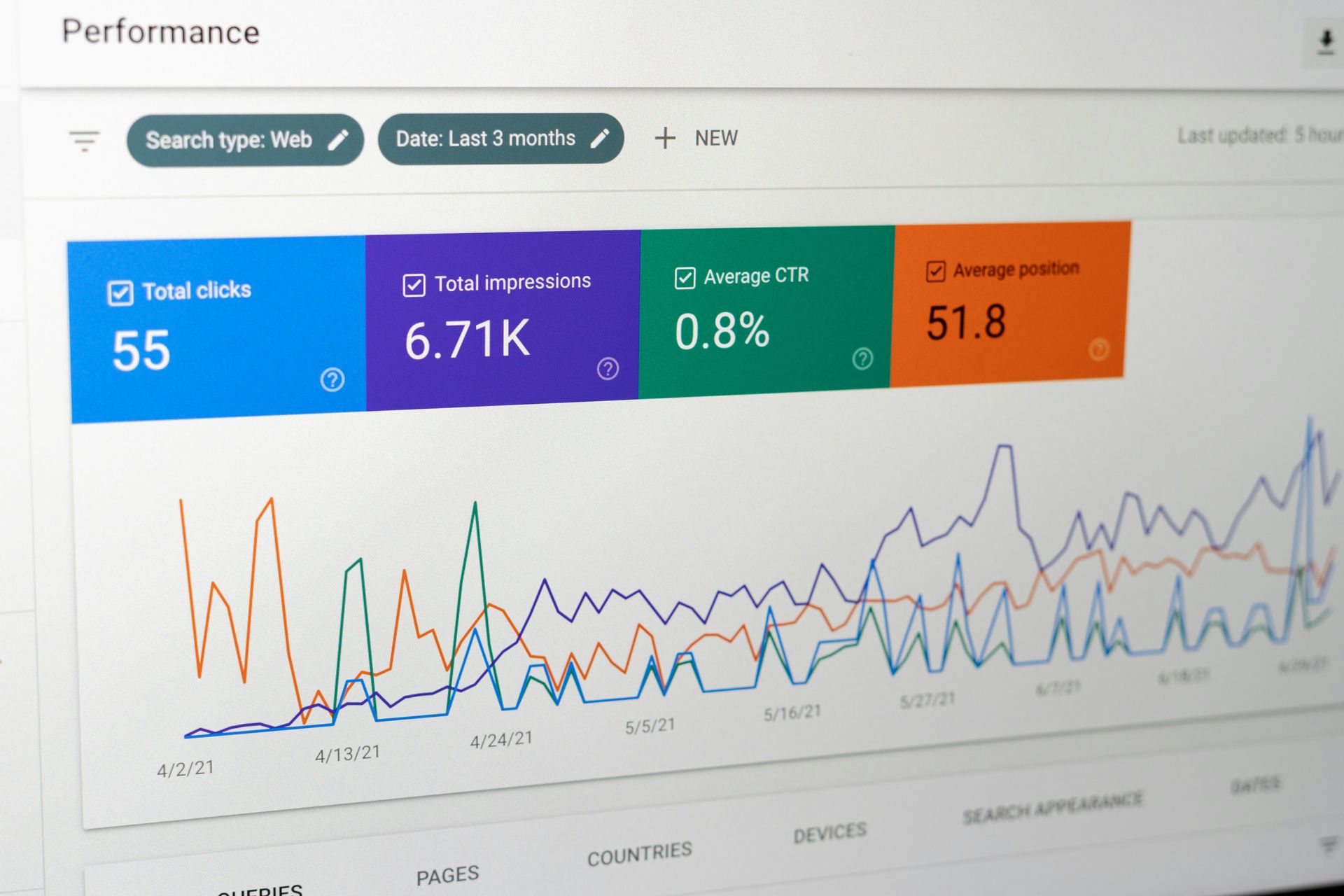All About Social Proof: The What's, the Why's, the How's
Social proof, especially user-generated content, is a powerful way to build trust and grow your brand. People trust other people more than they trust brands. So, encourage your customers to share their experiences, and put that content front and center.

Social proof is the simple idea that people trust what others are doing. It’s a psychological phenomenon where people tend to follow the actions of others because they assume those actions are correct. In a world where everyone’s trying to make decisions quickly, social proof is like a shortcut to trust.
So, why does social proof matter? Here’s what you need to know: people trust people, not brands. If a product or service has positive reviews, ratings, or endorsements from real customers, potential buyers are more likely to believe it’s worth their time and money. In other words, your customers are the best salespeople you’ve got. And the easiest way to make use of this? User-generated content (UGC).
Let’s break it down.
What is Social Proof?
At its core, social proof is the idea that people tend to follow the actions of others. It’s the same reason why you might choose a crowded restaurant over an empty one — you assume it must be good if other people are eating there. In marketing, this principle plays out in many forms, like:
- Customer reviews on websites like Amazon or Yelp
- Social media mentions or hashtags
- Influencer endorsements
- User-submitted photos or videos
- Case studies showing success stories
Basically, it’s anything that shows your product or service is getting positive attention from real people.
Why Social Proof is Crucial for Your Brand
Now, here’s where social proof gets really important: it can make or break a decision. Studies show that 79% of people trust online reviews as much as personal recommendations. Think about that. If a stranger’s opinion on your product can hold that much weight, that’s powerful.
Imagine you’re browsing for a new phone. One has dozens of positive reviews, pictures of happy customers, and high ratings. The other has no feedback or even a few complaints. Which one are you likely to buy?
Exactly.
Social proof isn’t just about trust — it’s also about FOMO (you know...good ol' fear of missing out). If people see that everyone else is buying, posting, or recommending a product, they’ll want to be part of the action. It’s a subtle, yet incredibly effective, way of driving sales and boosting credibility.
How to Leverage User-Generated Content
Here’s the deal: user-generated content is one of the best forms of social proof. Why? Because it’s real. It’s not you telling your audience how great your product is; it’s your actual customers showing off how great your product is. It doesn't get much better than that! So, how can you leverage UGC to your advantage? Here are FIVE tried and true
- Ask for Reviews and Testimonials Encourage your customers to leave honest reviews on your website or third-party platforms. Make it easy by sending follow-up emails after a purchase or providing a quick survey link. The more feedback you get, the more trust you build.
- Create a Hashtag for Your Brand Get your customers to share photos of themselves using your product on social media with a unique hashtag. This not only promotes your brand but also creates a collection of content you can use. Make it fun and engaging so people want to get involved.
- Feature Customer Content on Your Website Instead of only showcasing stock photos or professional product images, use real photos from customers. If someone tags you in a post or shares a cool picture, ask if you can feature it on your website or social media. This shows authenticity and gets others to engage too.
- Incorporate UGC in Ads Nothing screams "real" like an actual customer’s experience. Use user-generated photos or videos in your paid ads. People will resonate with it because it feels more genuine and relatable than polished, perfect marketing.
- Engage with Your Audience Show that you care about your customers by liking, commenting, or reposting their content. When people see you acknowledging and celebrating your community, it strengthens their loyalty and encourages more content creation.
Bottom Line
Here’s what you should do: don’t just tell people your product is good; show them. Social proof, especially user-generated content, is a powerful way to build trust and grow your brand. People trust other people more than they trust brands. So, encourage your customers to share their experiences, and put that content front and center. Not only will it boost your credibility, but it’ll also help you drive more sales.
Don’t overthink it. Social proof works. Just get your customers involved, and let their positive experiences speak for you.


